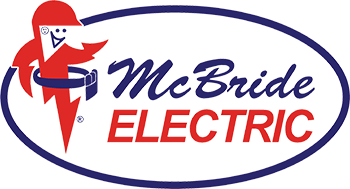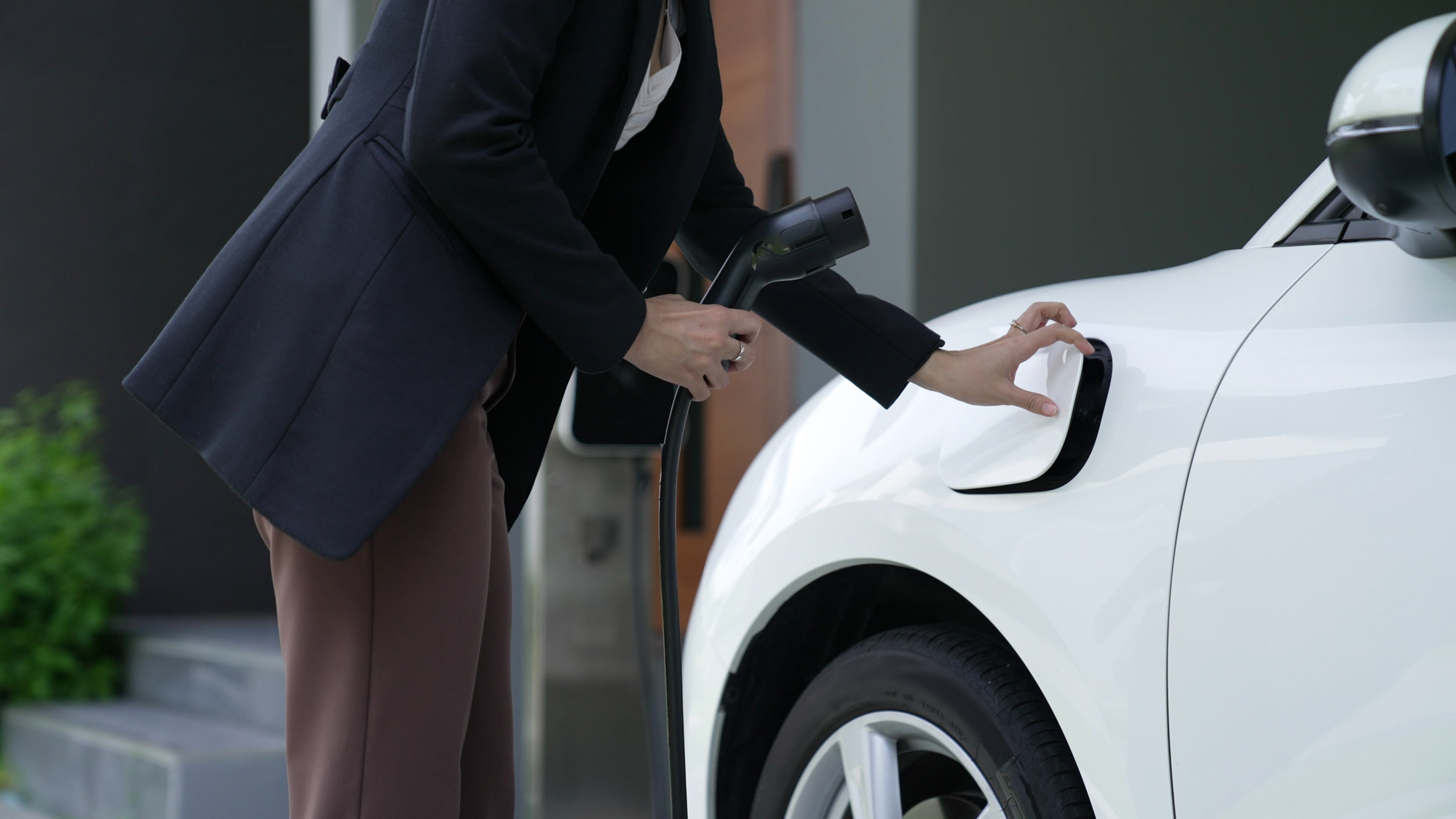Electric vehicles (EVs) are becoming increasingly popular, especially in the Dallas-Fort Worth area. As more people make the switch to EVs, installing a home EV charger is often the next step. But before taking the plunge, there are some important factors to consider first. In this post, we’ll walk through the key questions to ask yourself when deciding if and how to install an EV charger at your house.
Why Do You Want an EV Charger at Home?
First, think about why you want to install a home EV charger in the first place. Here are some of the top reasons:
- Convenience: Charging at home is often more convenient than using public charging stations. You can plug in overnight and wake up to a full “tank” every morning.
- Faster charging: Most public chargers max out at 7-11kW, while home chargers can go up to 19kW for faster charging. This can cut your charging time significantly.
- Cost savings: Home charging is often much cheaper than using public charging stations, especially with special EV electricity rates.
- Future-proofing: Even if you only have one EV now, installing a charger future-proofs your home for when you or future owners have additional EVs.
Knowing your motivations will help guide your charger installation decisions.
What Level of Charger Do You Need?
EV chargers come in different levels, which determine charging speed. The three main levels are:
- Level 1: Provides 2-5 miles of range per hour charged. This uses a standard 120V household outlet.
- Level 2: Provides 10-25 miles of range per hour. Requires a 240V outlet like those used for large appliances.
- DC Fast Charging: Provides 60-200+ miles of range per hour. Requires high-power commercial charging stations.
For home installation, Level 2 is usually the sweet spot between charging speed and installation complexity. It can fully charge most EVs overnight, while Level 1 may not fully replenish an empty battery overnight.
DC fast charging may not be feasible for at-home installation due to the high infrastructure requirements. It’s best for public charging stations when you need a quick burst of range. When deciding on a home EV charger, Level 2 should suit most homeowners’ daily charging needs. But you can always install a more powerful Level 2 charger if you need faster charging.
Do You Have the Electrical Capacity?
Before installing a home EV charger, it’s crucial to assess your electrical panel and determine if you have the capacity to support a charger’s electrical demand.
Here are key factors to consider regarding your home’s electrical capacity:
- Breaker box: Does your breaker box have space for adding the 40-50 amp circuit an EV charger requires? Can it support another 240V circuit?
- Amperage: What is the total amperage rating of your electrical panel? Level 2 chargers require 40-50 amp circuits.
- Other large appliances: Are there other major appliances on your electrical system like electric ovens, hot tubs or HVAC systems? Make sure to account for their power draw.
- Electrical upgrades: If your system can’t support a charger’s electrical needs, upgrades like panel upgrades or a new subpanel may be required. Factor in upgrade costs.
Doing a thorough review of your electrical system will determine if you need any service upgrades before installing your home EV charger. An electrician can assess your home and provide recommendations.
How Should You Install the Charger?
There are several factors to consider when deciding how to install your home EV charger:
- Location: Think about the charger location that allows optimal cable reach like your driveway or garage. Consider potential obstacles like pathways.
- Mounting type: Will you install a wall-mounted or pedestal charger? Wall mounts are often more affordable, while pedestals provide flexibility.
- Hardwired or plug-in: Hardwired chargers involve wiring directly into your electrical panel. Plug-in uses a NEMA outlet. Hardwired is more robust while plug-in offers flexibility.
- Single or dual head: Do you need one charger now but may add a second EV later? Dual-head chargers allow charging two vehicles simultaneously.
- Accessibility: Make sure the charger location follows ADA requirements if needed and doesn’t block pathways.
- Future flexibility: Consider using flexible conduit during installation to make potential future relocation easier if needed.
Properly planning the installation method and location will optimize your home EV charging experience. An electrician can provide the best recommendations for your specific home setup.
How Can You Ensure Safety & Compliance?
EV charger installation must meet certain safety and compliance requirements to protect your home and avoid issues like electrical fires or code violations. Key steps include:
- Hire a licensed electrician: Only use experienced, licensed electricians insured to install EV chargers. Never attempt a DIY install which could be hazardous.
- Obtain permits: Check if your city requires permits and inspections for EV charger installation and acquire them if needed.
- Meet local codes: Your electrician must ensure the installation meets the National Electrical Code and any local codes for safety.
- Use proper equipment: Only install chargers and connectors that are EVT-rated and UL-certified for EV use to avoid overheating risks.
- Consider GFCI: While not required, using GFCI outlets or breakers provides extra protection against shocks.
- Check with insurance: Notify your home insurance of your EV charger to ensure it meets any requirements they have.
Following proper permitting, licensing, and electrical safety protocols protects you and makes for worry-free EV charging at home.
Optimize for the Best Charging Experience
Optimizing your EV charging setup for fast, convenient charging takes planning but pays off in the long run with a great charging experience. Here are some tips:
- Install the highest amperage circuit your home can handle for faster Level 2 charging.
- Use a WiFi-enabled “smart” charger that allows remote monitoring and scheduling through an app.
- Consider a dual-head design if you have more than one EV to charge.
- Keep the charging cable neat and tangle-free using cable management clips for less hassle plugging in.
- Set a timer schedule to charge during off-peak hours for lower electricity rates if your local utility offers them.
If you’re considering installing an electric vehicle charger at your home in the Dallas-Fort Worth area, let the experts at McBride Electric help. We have the experience and expertise to advise you on important factors like your home’s electrical system capacity, the right type of EV charger for your needs, ideal location, permitting requirements, and more.
To get a fast, free quote for your EV charger installation, call McBride Electric at 817-858-0255 if you’re located in Fort Worth or 972-733-1199 if you’re in Dallas. With our help, you can have the right EV charger set up properly and safely at your home.
Don’t wait, contact us today to take the first step toward EV charging convenience.

